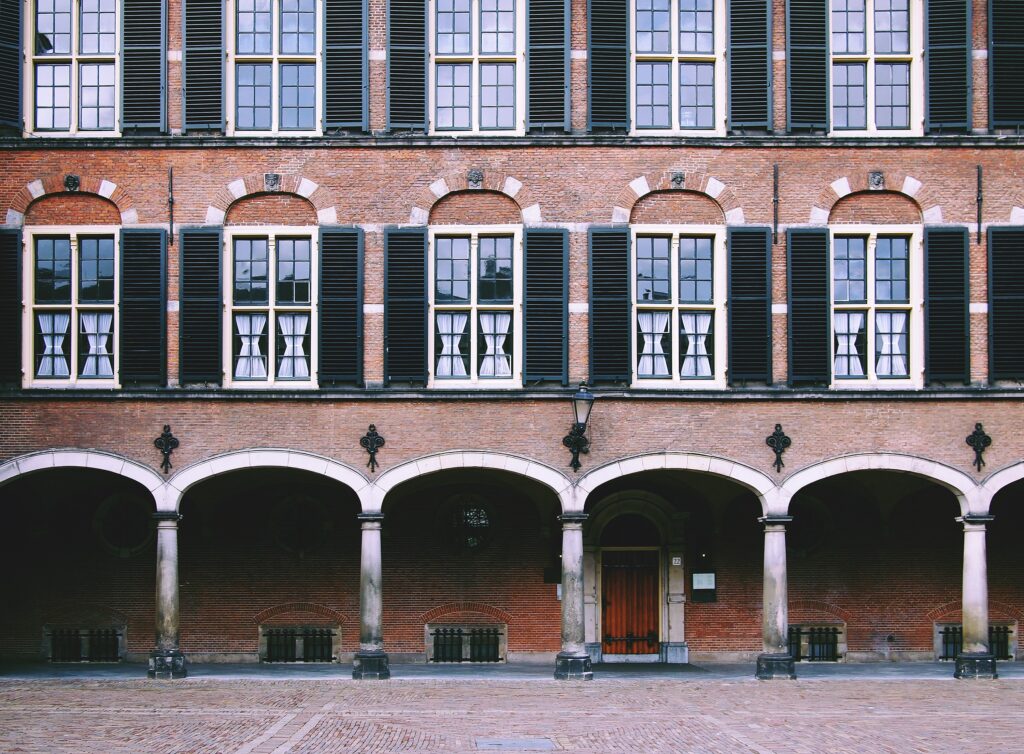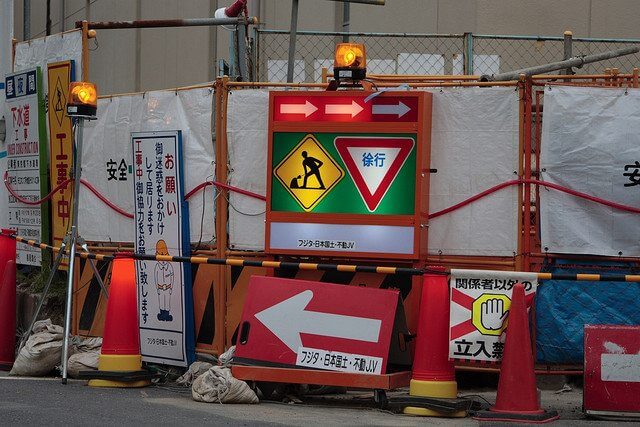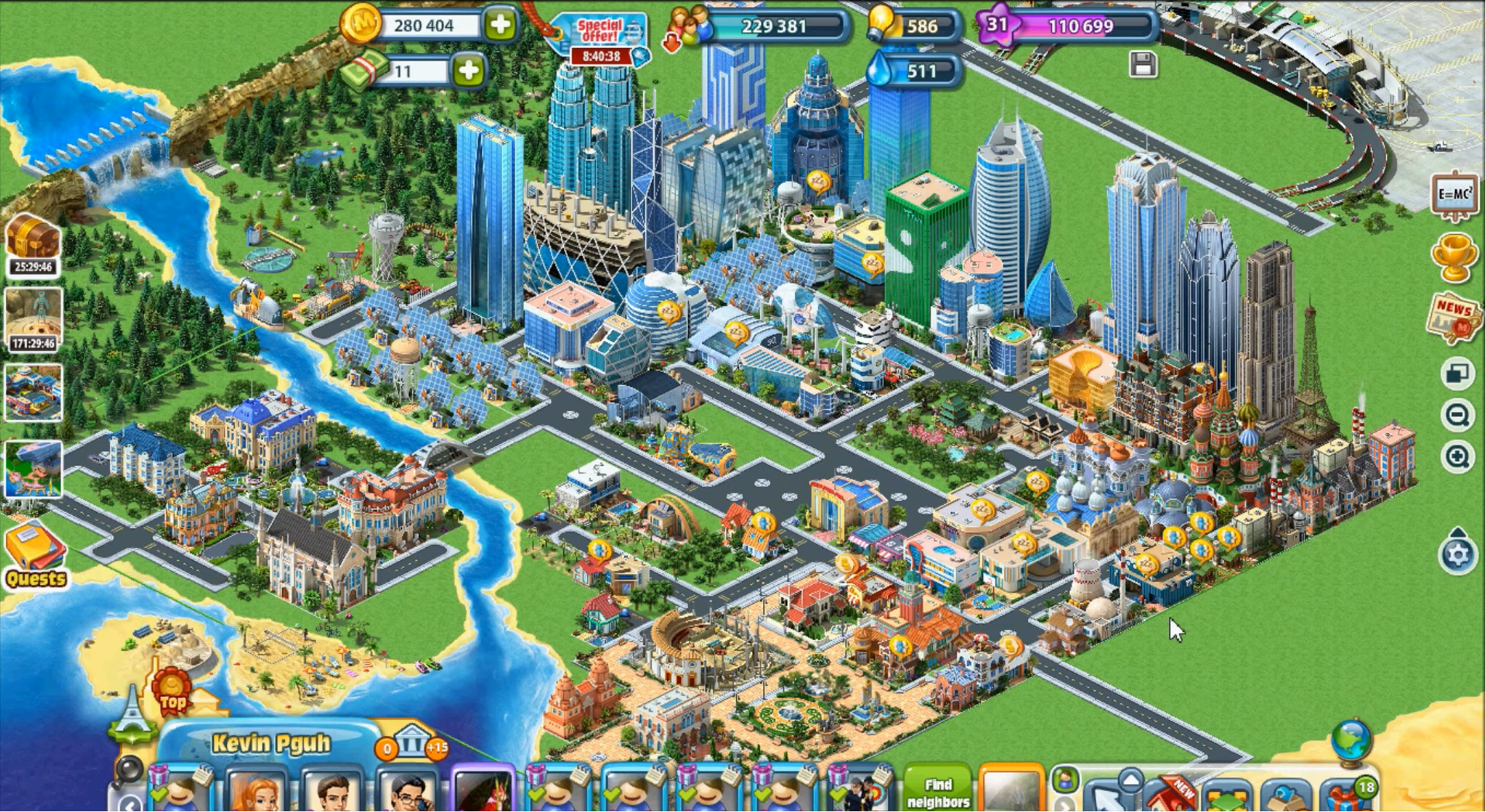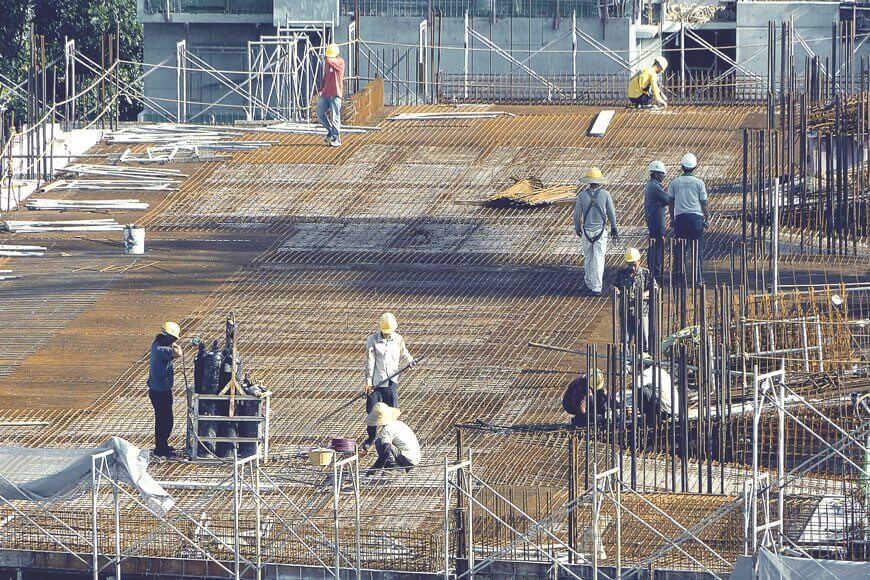In architecture, an arcade is a set of contiguous arches that are all supported with columns or piers. Arcades on the outside of a building normally create a walkway, while an arcade on the inside can be found on the lowest part of the walls.
The Different Types of Arcade Arches in Construction
Flat Arch
A flat arch is just as it sounds, with the intrados being flat and the camber is raised slightly. This type of arch has two straight sides with the straight flat top and there is an opening underneath for people to walk through.
Round Arch
The round arch has the two straight sides, but the tops of those sides curve and meet in the middle on top to create a curved, or round, arch. Again, this arch is designed for people walking underneath and you will see them outside and on the interiors of homes and buildings.
Segmental Arch
The segmental arch is a basic arch that is normally used for buildings and it is one of the strongest arches that can be constructed. However, to be as durable as possible, this arch must have a rise that is equal to at least one-eighth of the width of the span. The center of the segmental arch is below the springing line and all thrust is towards the inclined directions.
Pointed Segmental Arch
A pointed segmental arch is similar to the segmental arch, but instead of a round top, this one ends up being pointy.
Horseshoe Arch
A horseshoe arch is curved more than a semi-circle arch and it looks exactly like a horseshoe. This type of arch is normally considered when architectural provisions are required and there are three different types. The regular horseshoe arch has a round top, while the pointed horseshoe arch has a pointed top in the middle. The third version is a rounded horseshoe, which has the bottom of a regular horseshoe and almost a full circle on top.
Three Centered Arch
A three centered arch is not as common, but you will see it on many arches that need renovations from different time periods. This type of arch needs a lot more support, due to the thickness of the wall. This arch is normally used when a semi-circular arch is being planned, because they are very strong. There is also a pseudo three centered arch, which doesn’t have as rounded of a top.
Triangular Arch
A triangular arch is also known as the Mayan arch or the miter arch. The top forms a triangle and the edges are normally mitered together to keep everything secure.
Parabolic Arch
A parabolic arch looks just like a parabola and they are usually used when constructing cathedrals and bridges. The most famous parabolic arch may be the St. Louis Arch.
Rampant Arch
Rampant arches are neat, because they are higher on one side on the top than the other. Plus, while you mostly have rounded rampant arches, on occasion, you will see a pointed one.
Keyhole Arch
A keyhole arch looks exactly like a keyhole in an old door and it adds a little visual appeal to what could have been just a basic arch.
Ogee Arch
An ogee arch has two arcs curved in opposite directions so that it looks like it is shaped like an S. The reason this arch does this is to create ends that are parallel. The ogee arch is similar to a sigmoid curve, which is a phrase that you will see in more areas than just construction. A few other areas include plastic surgery, math, and even the designs of the faces of clocks.
Trefoil Arch
As long as you know what a trefoil looks like, you will be able to spot a trefoil arch immediately. If you do not know what a trefoil looks like, then know that this arch has three overlapping rings and is usually used in Christian designs. While many trefoil arches are round, you will see pointed ones on occasion.
Shouldered Flat Arch
A shouldered flat arch is also called a Jack arch and it is used to support the openings for masonry projects. These arches are flat on top and the masonry to the sides of the arch must be thick enough to absorb some of the arches’ weight.
Fixed Arch
A fixed arch is normally used for bridges and tunnels made out of concrete. This is the perfect arch for shorter spans; however, the internal stress is huge due to the contraction and expansion that takes place on the inside.
Materials Used for Arches
Arches can be made from many different materials, but they are commonly made out of bricks, concrete, steel, and stone.
Bricks
There are four different types of brick arches and they are axed brick arches, gauged brick arches, purpose made brick arches, and rough brick arches. An axed brick arch has bricks that are cut into wedges and put into place using a special brick axe. Gauged brick arches are cut to specific sizes using a wire saw, which is why soft bricks are the only bricks used. Purpose made bricks are manufactured specifically for the job that needs to be completed, while rough brick arches use regular bricks and the design of the arch is created using those types of bricks.
Concrete
There are two types of concrete arches and they are monolithic concrete block arches and precast concrete block arches. The former is best for larger arches and all the work is completed on site. The latter are created off-site and then simply put in place when the work on the arch begins.
Steel
Steel is another material that can be manufactured and cut to size off-site, so you can simply put everything together and not worry about cutting or re-measuring.
Stone
When it comes to stone arches, you have ashlar arches and rubble arches. Ashlar arches are made after cutting stones into the proper shapes. You would then apply mortar to keep everything in place. Rubble arches are made from rubble stone and they are not as sturdy or durable as ashlar. In fact, rubble arches are only used in the interior of buildings, because they will not hold up everything on the outside.
As you can see there are many different types of arcade arches out there to see and to construct. If you have never constructed an arch before, you may want to consult someone who has, because this is not the easiest job for a beginner. However, if you are ready for a challenge, this is the perfect job to add to your resume.




